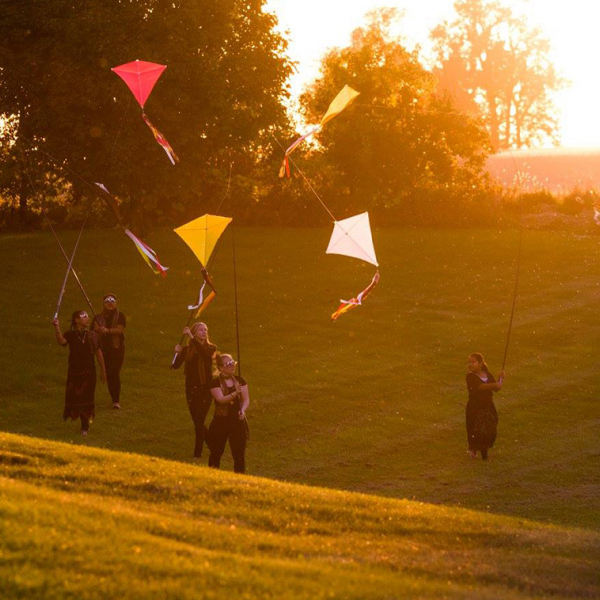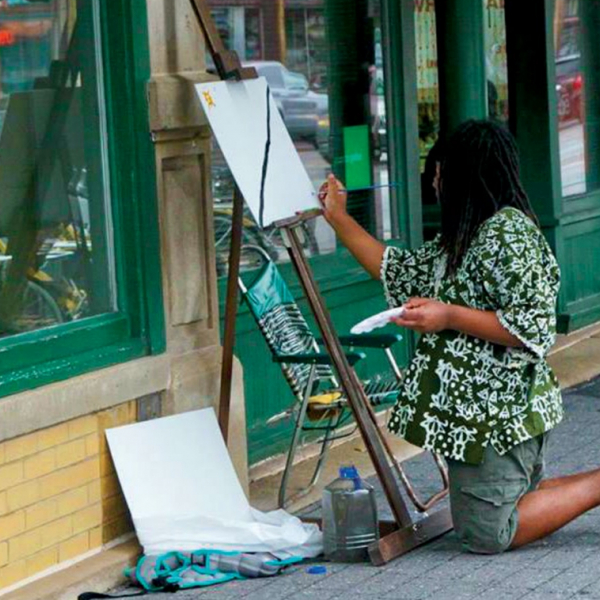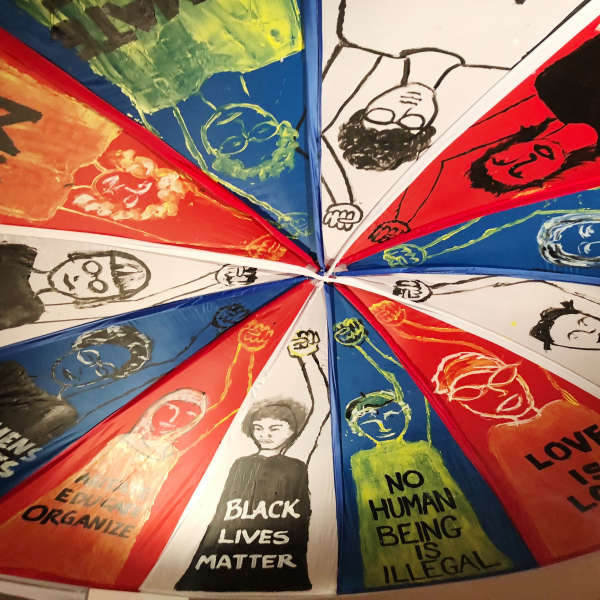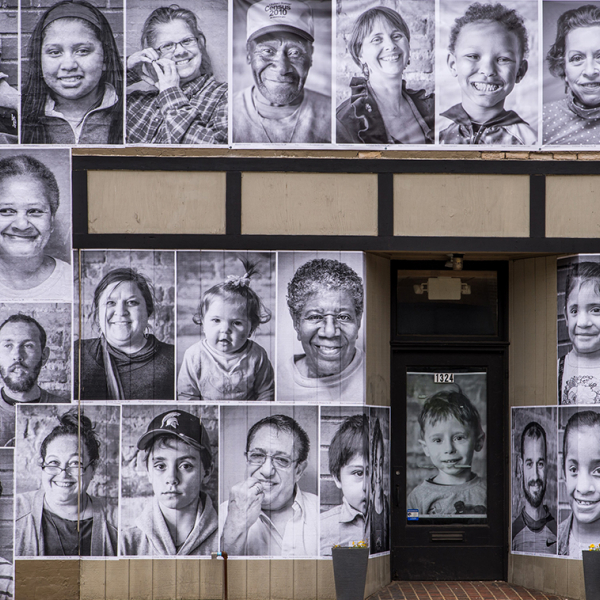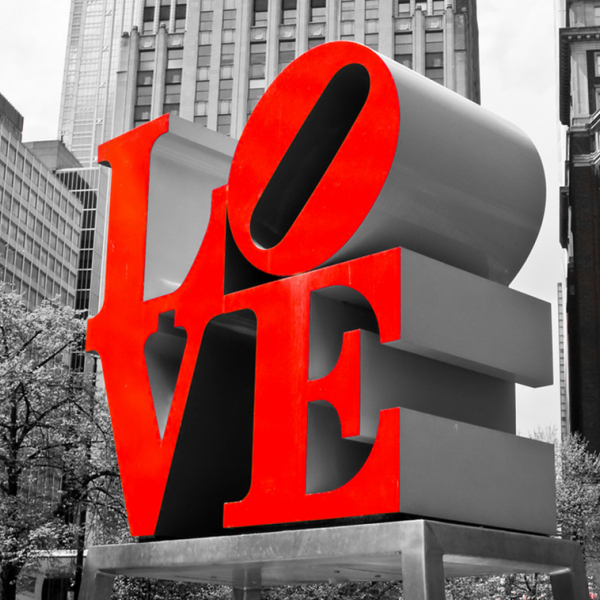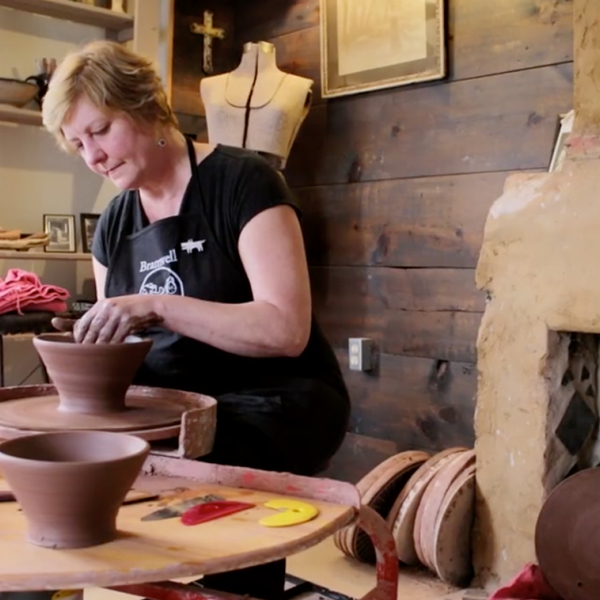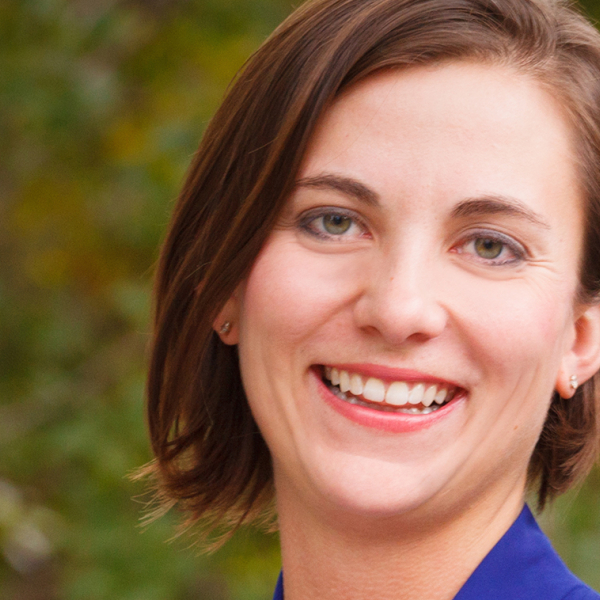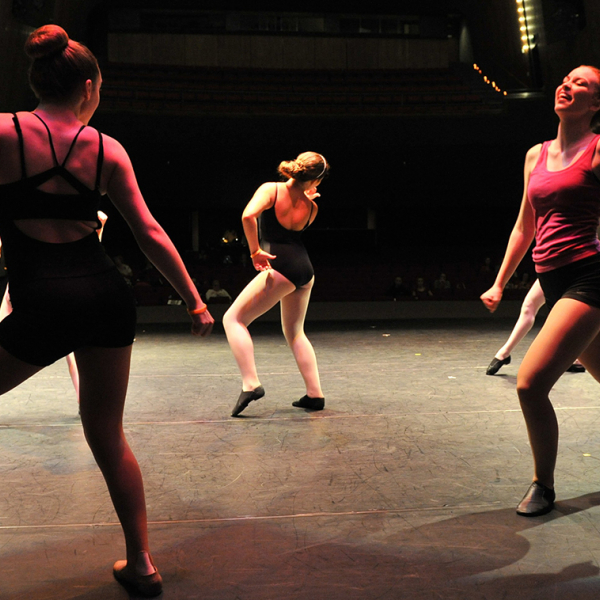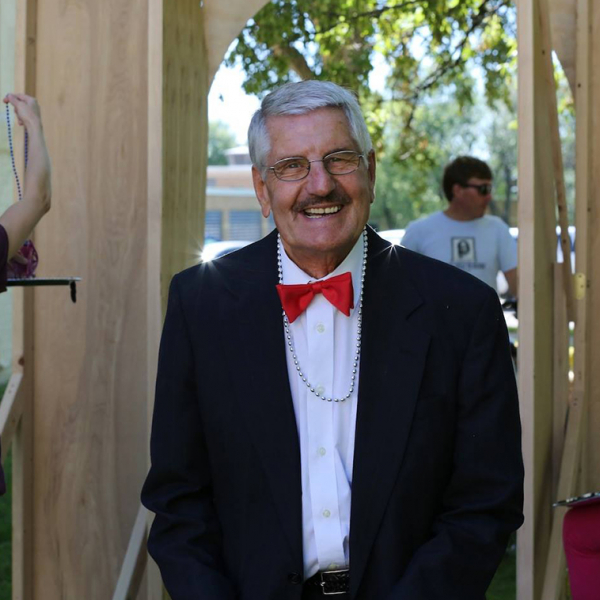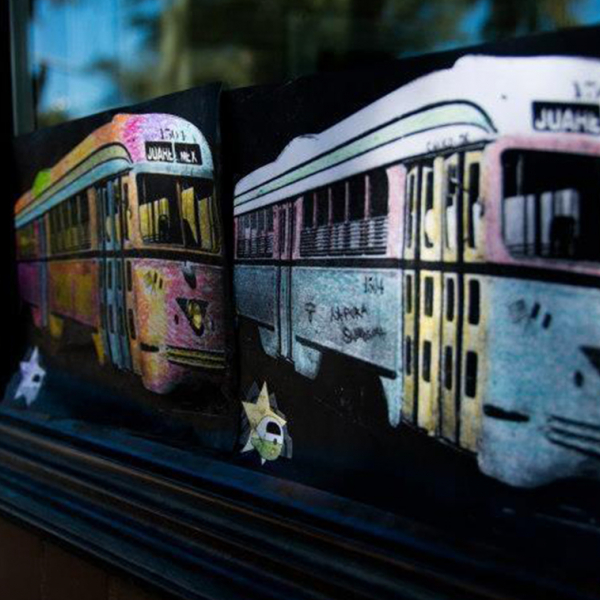Ashley Hanson is a theater artist, social practitioner, storyteller, and lover of rural places. This featured e ssay is adapted and expanded from a Firestarter Talk given by Ashley Hanson at the National Rural Assembly in Durham, NC in May, 2018. " The drive to my mother’s house is one of my favorites. As I turn off the two-lane highway on to the dirt road that leads to her driveway, I am filled with memories from my childhood. My great-grandmother lived in this house before my mother. I remember, my family piling into the car, driving up north, and spending much of our summers playing in the woodlands and gravel pits. About a mile down the road...
14.08.18
Three influential affordable housing and community development intermediaries—NeighborWorks America, Enterprise Community Partners, and Local Initiatives Support Corporation (LISC)—are serious about incorporating arts and culture into their work. As they grapple with the lasting effects of structural racism, rapid gentrification, and resources that vary widely from community to community, they’re learning what works, sharing their findings, and continuing to experiment.
10.08.18
Elizabeth Hamby is an artist and the Acting Director of Health Equity in All Policies working in The Center for Health Equity at New York City Department of Health and Mental Hygiene. We caught up with her to talk Dungeons and Dragons, smoke free public housing, and the art of community. The health impacts of structural racism. My work with the Department of Health has expanded recently to include food access, partnership with city planning, and ongoing work with the New York City Housing Authority.
07.08.18
My interest in bringing art and music into vacant spaces began just after graduating college in Louisville, Kentucky. I was making visual art and playing in a band, and was looking for a venue that might go beyond the confines of the bar scene. There was a vacant warehouse space located right down the street from my apartment. It had been utilized in the past for events, but at this time it was dank and dusty inside. With owner permission, I organized a series of interactive art and music events there called “Enchantments”.
04.08.18
How does philanthropy stay accountable to the values we claim to espouse? As the National Creative Placemaking Fund (NCPF) at ArtPlace America came to a close at the end of 2017, we decided to interrogate how effective we had been at aligning our values with our assumptions and philanthropic practice.
03.08.18
We’ve been working with The National Consortium for Creative Placemaking to produce Leadership summits all around the country. When we were in Charleston WV where we joined by attendees from as far away as Los Angeles, Canada, Alabama, South Dakota, Missouri, New York, and as close as down the street. The next leadership summit is happening in October in DC, please join us! In Charleston, Renée Margocee welcomed us with words that seem perfect to kick off our month focusing on “home” and where people live.
29.07.18
The words “artist” and “bureaucrat” can seem as opposite as the north and south poles. But poets, actors, musicians, dancers, and art-makers of all other stripes have been infiltrating our government’s ranks for years—and many are making great strides. In this story series, we’re visiting with accomplished artists who hold leadership roles in their cities about their dual callings, how their creative lives relate to their public service, and what the arts can bring to good government. The first artist we’re meeting is Natalia Macker who also happens to be a County Commissioner of Teton County, Wyoming. Natalia is the Artistic Director at Off Square Theatre Company; as well as being an actor and a film producer.
27.07.18
When people from out of state hear that there is a state-funded, state-government-run arts agency in West Virginia, their reactions are always the same: a mixture of fascination and disbelief. At first, this struck me as odd. Do other states not foster this kind of relationship between the arts and their state government? Do their governments not understand the importance the arts have in their communities? It wasn’t until I had a discussion with a peer outside West Virginia that I realized having a state-government-run arts agency isn’t necessarily the norm.
20.07.18
In my family, instead of gifting Christmas presents, we have what we call “Traditions” - each of us invents a new game or activity. We all play; whoever wins receives a gift given from whomever invented the game. In the summer, my mom hosts elaborate obstacle courses on my great grandmother’s land, where we compete using old yard and barn materials, car parts, tree branches and acorns - battling for bragging rights. We have countless late night game nights, where we rewrite the rules to make them better. And, our house was always the gathering place for “Ghost in the Graveyard.” The list goes on and on…
18.07.18
What began as a sort of arts-driven guerilla marketing campaign for the fictional return of a historic streetcar in the border communities of El Paso, TX and Ciudad Juárez, Mexico, ended in an artist getting elected to government office and demonstrating of the power of art to capture the imagination of a community. Sometimes you just have to help people see what's possible, before they can believe in it. Unlike San Diego, CA and Tijuana, Mexico, which are separated by 20 miles, El Paso, TX and Ciudad Juárez, Mexico sit immediately adjacent to one another, separated only by the width of the Rio Grande River and the international border between the United States and Mexico. For generations, residents on both sides of the border have crossed frequently for work, school, recreation, and to visit family; more than 80 percent of El Pasoans identify as Latinx.






